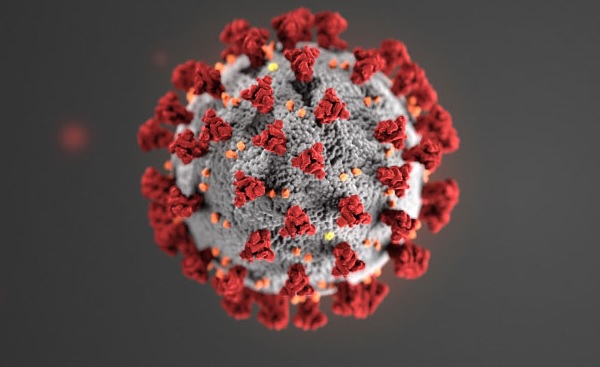
The Luxembourg Institute of Socio-Economic Research (LISER) has announced the development of a new research model linking the public health and economic effects of the COVID-19 pandemic.
According to LISER, managing the coronavirus crisis is often perceived as finding the right balance between saving lives and saving the economy. The problem is more subtle and complex: without public health intervention, a collapse of the health care system alone could have generated panic, a systemic crash of the whole international debt network and an even more severe economic recession. Conversely and despite epidemiological risks, restarting the economy is necessary to fund the healthcare system, avoid systemic bankruptcies and limit the indirect effects that economic damages inflicted by the lockdown have on mental health and human lives.
Now that the virus transmission rates have reached very low levels, many containment measures have been lifted. LISER maintained that sound governance of the deconfinement plan requires anticipating the risk of a rebound in the infection curve and identifying appropriate accompanying measures. Collaborative research by economists and epidemiologists is thus more relevant than ever to highlight the costs and benefits of public actions.
Within the Task Force for the Coordination of the Public Research Sector in the Context of the COVID-19 Pandemic, economists and epidemiologists have developed a new model that links the two facets of the coronavirus crisis. Parameterised on Luxembourg’s economy and accounting for cross-border labour movements within the Greater Region, this epidemionomic model is used to nowcast and forecast the public health and economic effects of the crisis week after week throughout 2020.
The nowcasting part of the analysis reveals that each week of lockdown reduces national output by about 28% (and annual GDP by 0.54%). During the lockdown, the most adversely affected industries were the construction sector, HORESCA and wholesale and Retail Trade Services. In an economy heavily relying on skill-intensive services, the study also showed that the role of teleworking has been instrumental to limiting the weekly economic output loss (almost by one half) and the propagation of the virus.
While it is considered a good time for lifting containment measures, the forecasting part of the analysis has highlighted the uncertainty surrounding the future evolution of transmission rates on the job and outside the labour market. There is a significant risk that resuming social activities and, to a lesser extent, increasing the density of employees at the workplace may induce a rebound in the infection curve. To avoid such a rebound, LISER researchers have made five policy recommendations:
- maintaining teleworking practices is vital;
- reopening HORESCA activities at half of their full capacity or with equivalent distancing measures generates very small effects on the infection curve and appears to be a very relevant policy option;
- maintaining physical distancing and hygiene measures in social and family contexts has an important impact on the dynamics of the pandemic;
- monthly PCR testing of national and cross-border workers are sufficient (perhaps not necessary) to prevent a rebound in the infection curve;
- combining testing with phone-app contact tracing and quarantining measures would reduce the reproduction rate below that of testing policies alone combining testing with contact tracing would allow reducing the required frequency of testing.
The full publication can be downloaded from https://www.liser.lu/?type=module&id=104&tmp=4468.








